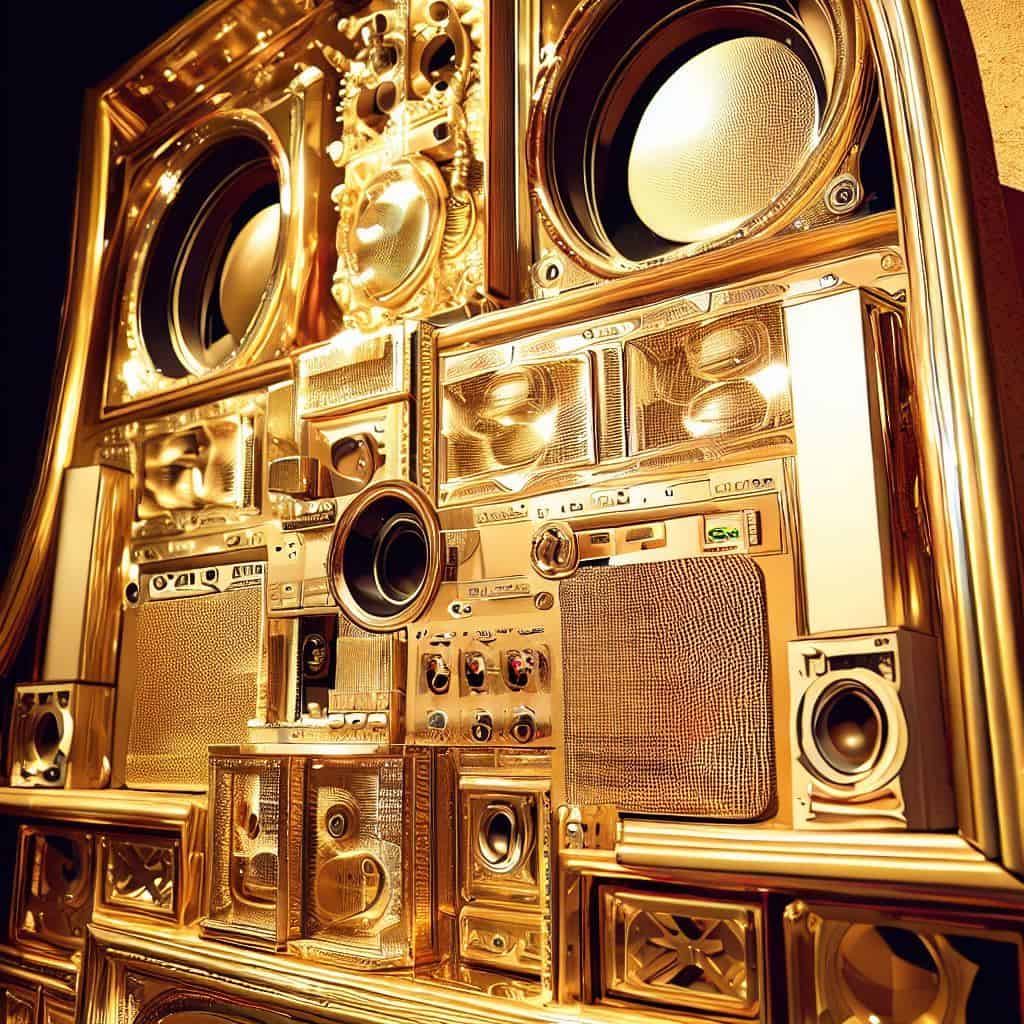Why spend hard-earned on average café espresso when you could be making superior coffee at home? PAT PILCHER to the rescue with his definitive home espresso guide.
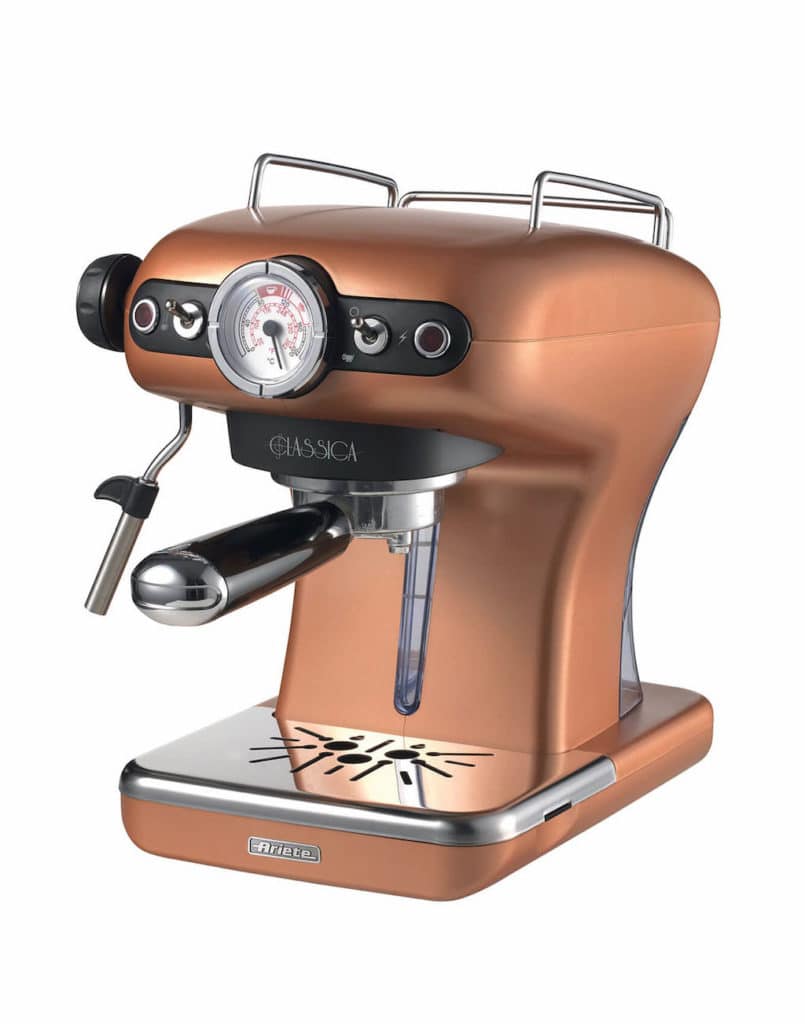
It’s a funny thing. As Level 4 lockdown drew to a close, many people were thinking: “Thank God, I can finally go out and buy a decent cup of coffee”. While there is no dispute over “death before decaf!” (or that horrendous instant stuff), the elephant in the cup is this: Why not make espresso at home?
For a start, the economics can be compelling. Depending on how much coffee you buy, you may find that a half-decent espresso set-up can soon pay for itself.
Here are the numbers. Assuming a cup of espresso-style coffee is about $4.50, and you are buying, three a day, things soon begin to add up. Three cups a day will set you back $13.50. That is not so bad, right? Well, consider this. A week’s-worth of bought coffees comes in at a whopping $94.50. Added up over a month, you are looking at $378.00 and an eye-watering $4536.00 per year. That is the cost of an espresso machine and grinder, not to mention a supply of coffee beans and milk.
In short, a half-decent espresso setup is not a splurge, but an investment.
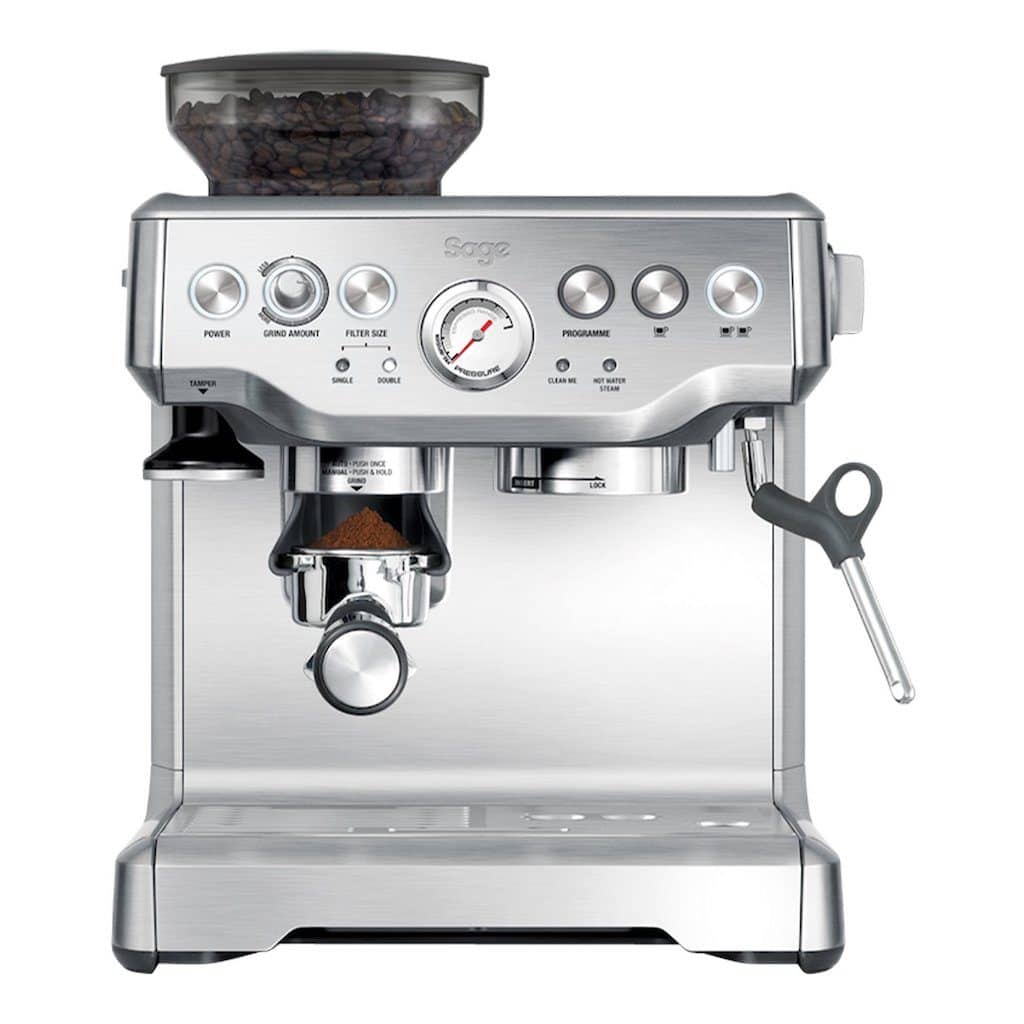
Choices!
Before you rush out to buy an espresso machine, however, it’s important to do some homework. What sort is best for your needs? The range of espresso machines is boggling and includes the following:
- Manual/lever pump machines: These are the original espresso machines. Invented in 1905, they are as timeless as they are eye-catching. Provided you are willing to put in the practice and learn how to use them, you’ll get rewarded with a great cup. While they look incredible, they do take up more kitchen space than most of the other options listed here. If you are after a quick cup with little fuss, you may want to look elsewhere.
- Electric machines: These will deliver a consistent cup and have a minimal learning curve. If you use the right amount of correctly ground coffee, the machine should do the rest. The learning curve is simple and very rewarding.
- Pod machines: If you want a passable cup of coffee and do not want all the bother, a pod machine may be your answer. Pod machines will struggle to match the quality from a standard espresso machine. Add to this the cost of coffee pods, (not to mention the huge volume of waste pods sent to landfill) and things soon add up.
- Automatic machines: They’ll let anyone create a drinkable cup of coffee. There is a minimal learning curve, but they are pricey. The coffee they make is rarely as good as that produced by a standard electric machine.
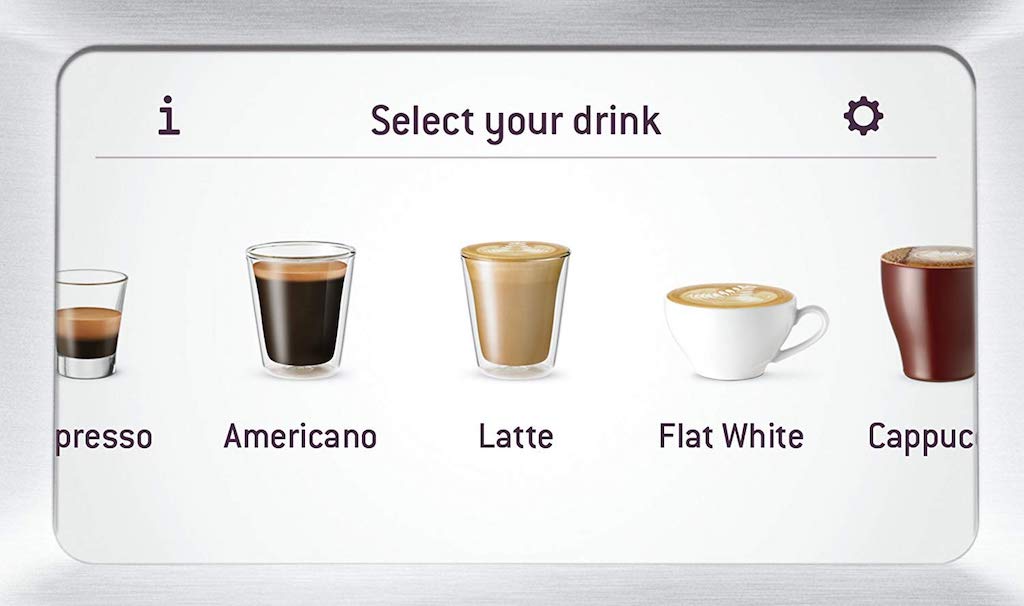
A critical factor in determining which machine fits your needs is the control you want over making a cup. There are three typical options:
- Manual: This is a lever or electric machine. You have complete control over the grind and extraction. There is a small learning curve, but these machines deliver the best results.
- Semi-Automatic: Most semi-automatic machines are programmable and are a set and forget option. As you can dial in espresso to your tastes, you do not need to be a barista because the machine will do everything for you.
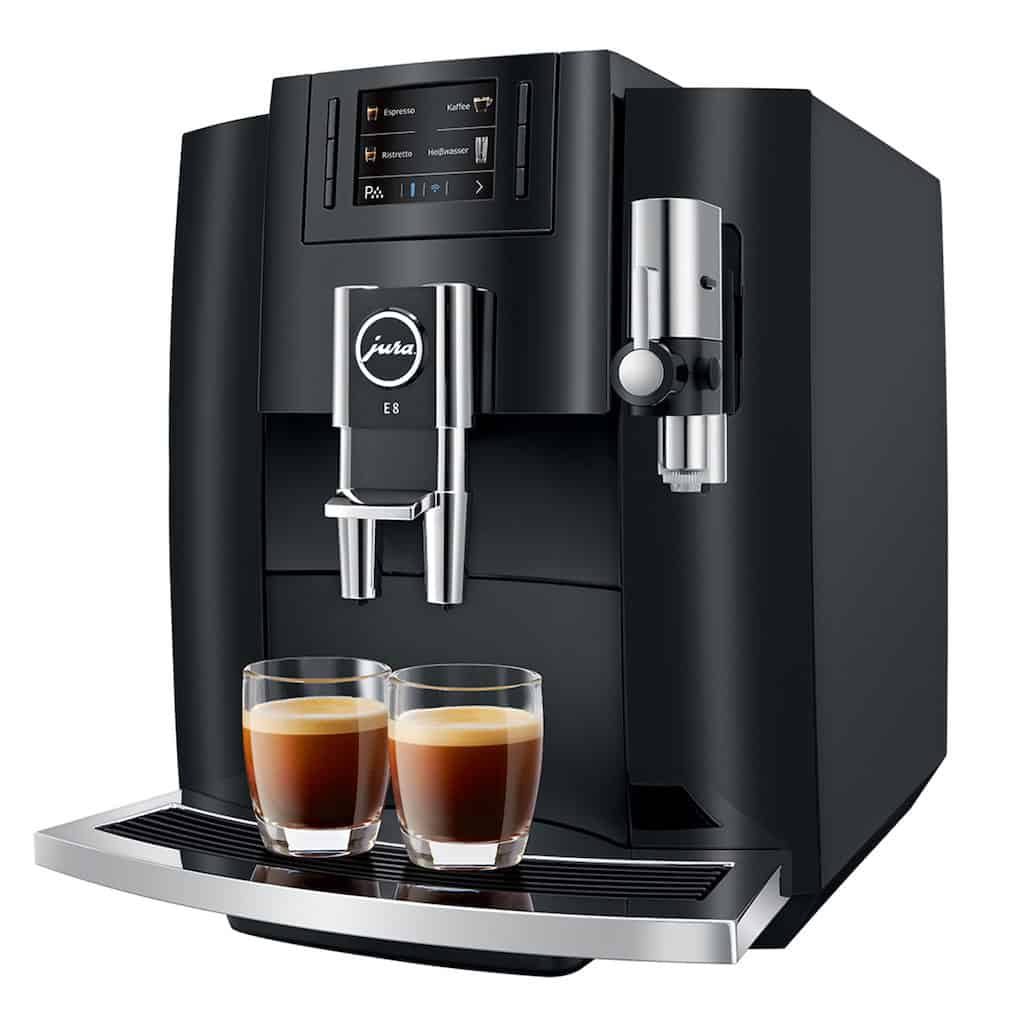
- Automatic: An auto machine will grind beans, pour shots, and foam milk. They are idiot-proof, but you’ve little control over the coffee. Its taste gets determined by an engineer at the factory.
Jargon
With coffee there is also a tonne of arcane terminology. Decoding this is not hard, however. Here are the most common ones you are likely to encounter.
- Extraction: The process of blasting ground coffee with 92-95c water at 9 bars. Extracting too fast makes for a watery and bland coffee. Extracting too slow can make for an over-extracted, bitter cup.
- Pre-infusion: Pre-infusion involves putting a small amount of water into the coffee grounds. Doing this starts the brewing process before extraction happens. The prevailing consensus is that pre-infusion can give a better cup.
- Displays: Some machines come with a small screen, which shows water pressure/temperature. Baristas agree that the sweet spot for the best coffee requires water to be around 92-95c at 9 bars of pressure. While some argue that a display is not essential, most agree they are handy.
- A Steam Wand: Most machines come with a steam wand, but not all are equal. A steam wand should have 2-4 small steam holes for even steam dispersal. They should also swivel so you can move them for the best angle while steaming milk. Avoid wands with a plastic auto foaming tip. These are a hassle to clean and rarely do a decent job foaming milk.
- Shot Size: With a standard espresso being a double shot (that is 7-9 grams of coffee + water). Look for a machine that can-do doubles (14-16 grams of coffee + water). The coffee basket should hold 16-22g of coffee. A larger portafilter gives you the flexibility to dial in the flavour of your coffee.
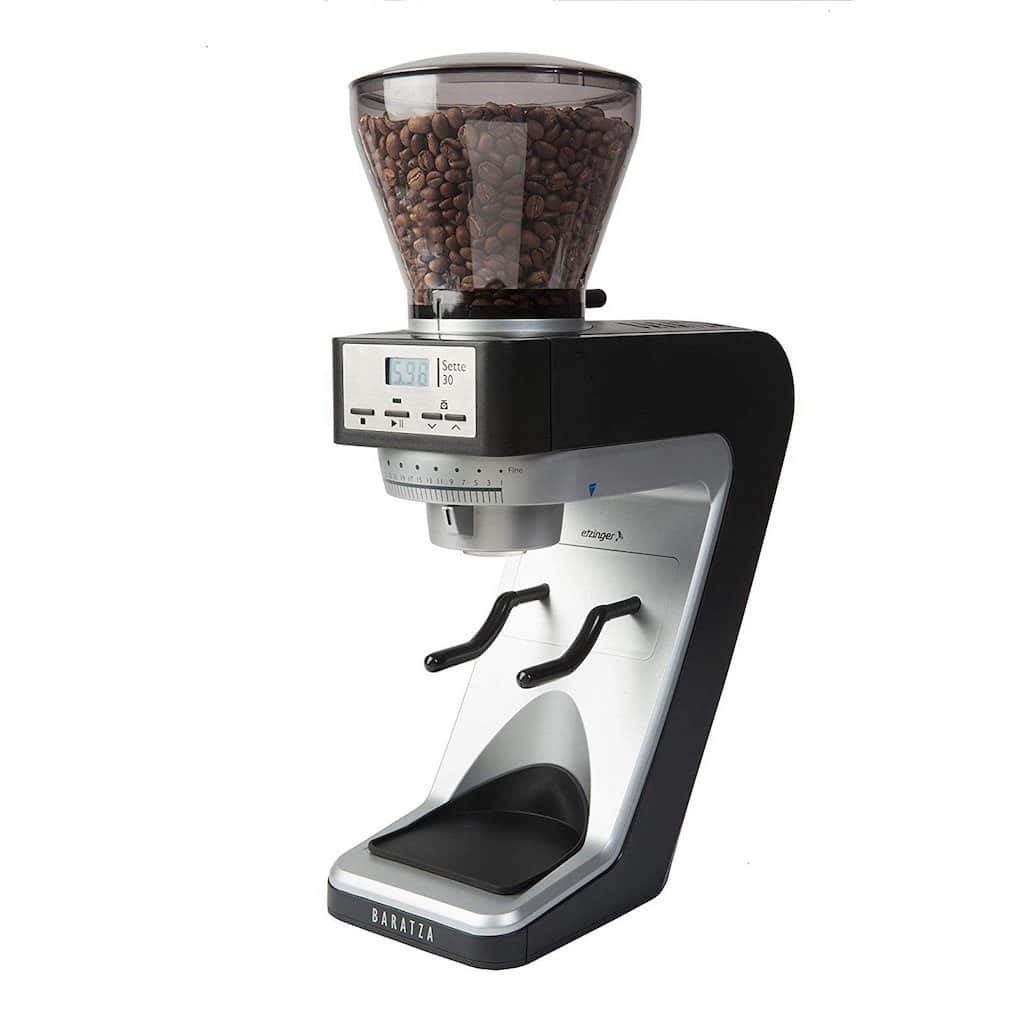
Accessories
It’s not only about espresso machines. You’ll need a few other items to crank out a decent cup. Here’s what you will need to factor into your budget:
- Coffee Grinder: A conical burr grinder is a must. They will make a massive difference to your daily cup. There are good reasons for this. With ground coffee, oxidation causes the aromatic oils and organic compounds to deteriorate. These are responsible for most of the flavours in a good cup of coffee. So, how does this relate to a conical burr grinder? Oxidation happens to small pieces of food at a faster rate than with large pieces. Coffee beans have less exposed surface area, so oxidation takes longer to occur. Ground coffee will only stay fresh for 30 minutes after getting ground. Coffee beans can remain fresh(ish) for up to two weeks after roasting. Buy small amounts of coffee beans often, grinding as you need them. So, why a conical burr grinder and not a cheaper blade grinder? The answer comes down to getting a Consistent, uniform cup of coffee. Much of this has to do with how coffee gets extracted from grounds. Ground coffee at different sizes will extract at different rates. Uniformly ground coffee extracts at a consistent rate. The other thing to remember is that blade grinders do not grind – they chop. Because of this, the grounds are many shapes resulting in uneven extraction. Blade grinders also make choosing an accurate grind size impossible. A conical burr grinder uses burrs, which funnel beans down a narrow pathway to grind them. Conical burr grinders allow you to dial in the grind. This ranges from fine (Turkish coffee or espresso) through to coarse (plunger, cold brew).

You’ll need one of these accessories: a tamp
- Coffee Tamp: These knob shaped metal widgets help to get a perfect cup. Espresso extraction should take around 30 seconds at constant pressure at constant temperatures. That is 30 millilitres of water heated to 92-95c forced through 7 grams of grinds at 9 bars. For this to happen an even density of grounds is vital. The grounds need to get packed down (or in coffee speak, tamped). Un-tamped coffee grounds mean the espresso machine will not reach the right pressure. This means water will flow through too fast, and your espresso will be watery and flavourless. In short, a coffee tamp allows you to pack down coffee grounds for consistent extraction.
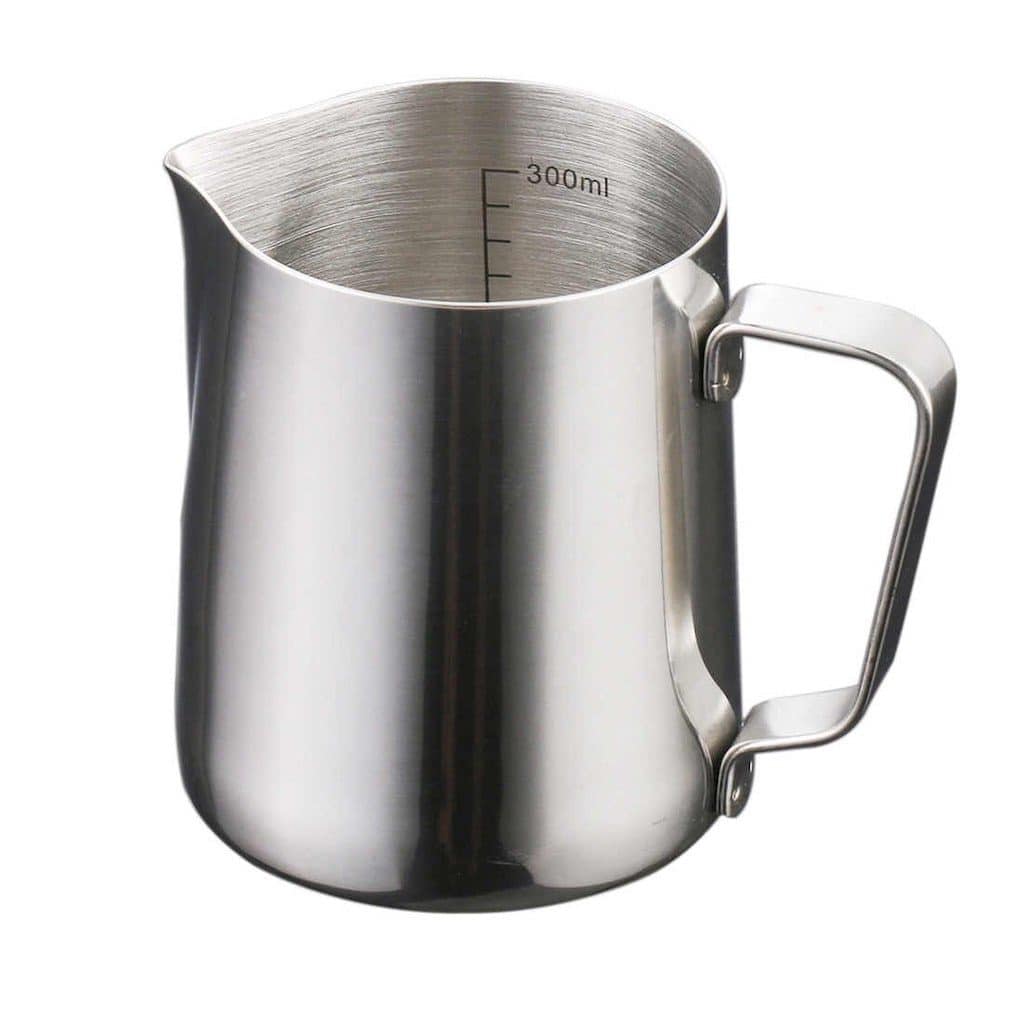
- Milk Jugs: Foaming and heating milk is easier or harder depending on the jug you use. Look for a jug that is wide enough to allow for a “whirlpool” effect. A whirlpool breaks down bigger bubbles, creating a uniform foam. Most milk jugs come in 250 or 500ml sizes. Size does matter when it comes to foaming milk. You do not want your milk jug too empty or too full. If it’s too big and there is not enough milk, you will get coarse bubbles. If the jug is too small, milk can overflow.
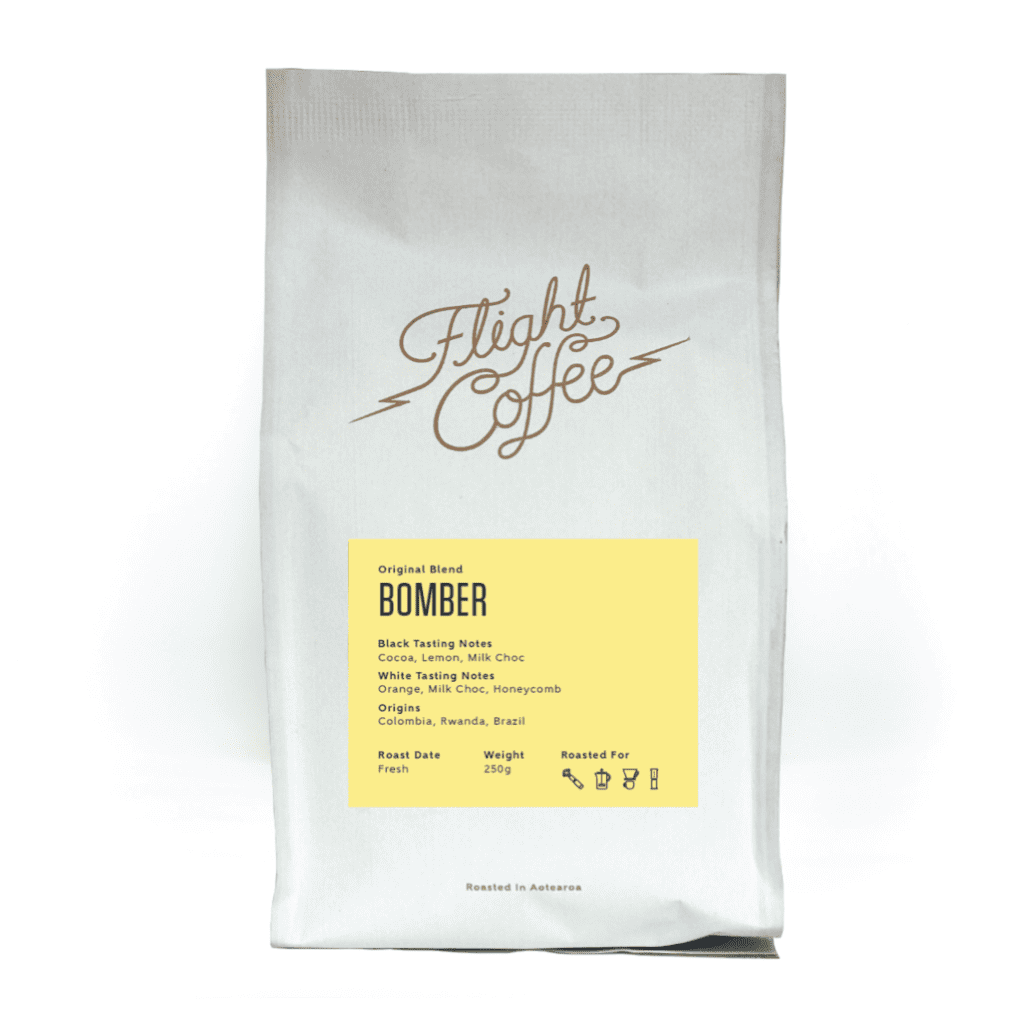
- Beans: Kiwis bat well above their weight when it comes to coffee. With over 300 coffee roasteries in New Zealand, Kiwis get spoiled for choice when it comes to good coffee. As mentioned above, buy small amounts of coffee often to ensure freshness. Avoid pre-ground coffee. There are a bewildering variety of single-origin beans and blend choices. Avoid supermarket coffee beans whenever possible as they are rarely fresh. Your best bet is online purchasing from the coffee company. Many offer a prepay “subscription” service and deliver beans on a regular basis.
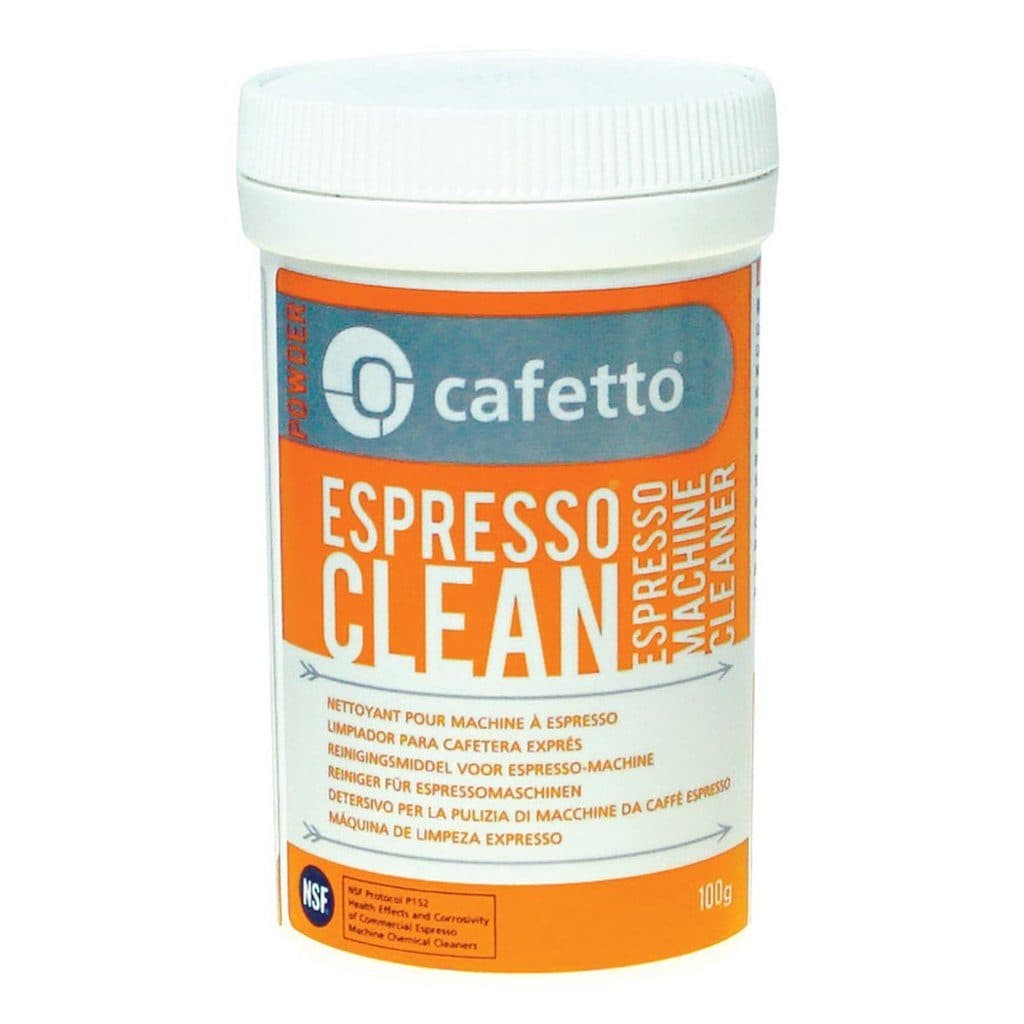
- Cleaning Compound: Over time, coffee oil can accumulate in an espresso machine. Rancid coffee oil can ruin coffee, turning a delicious cup into something unpleasant. Avoiding this is as easy as flushing cleaning compound through your machine. The frequency depends on how many cups you make a day. Cafes that make hundreds of cups daily usually do a nightly clean. Home machines may only need cleaning every 2-4 weeks.
Did you like this article? If yes, how about a one-off $5 or $10 donation to support Witchdoctor.co.nz. Your donation will help us keep producing quality content.
It’s really easy to donate, just click the ‘Become a supporter’ button below.
Witchdoctor’s Buyer’s Guides are brought to you by Slingshot













